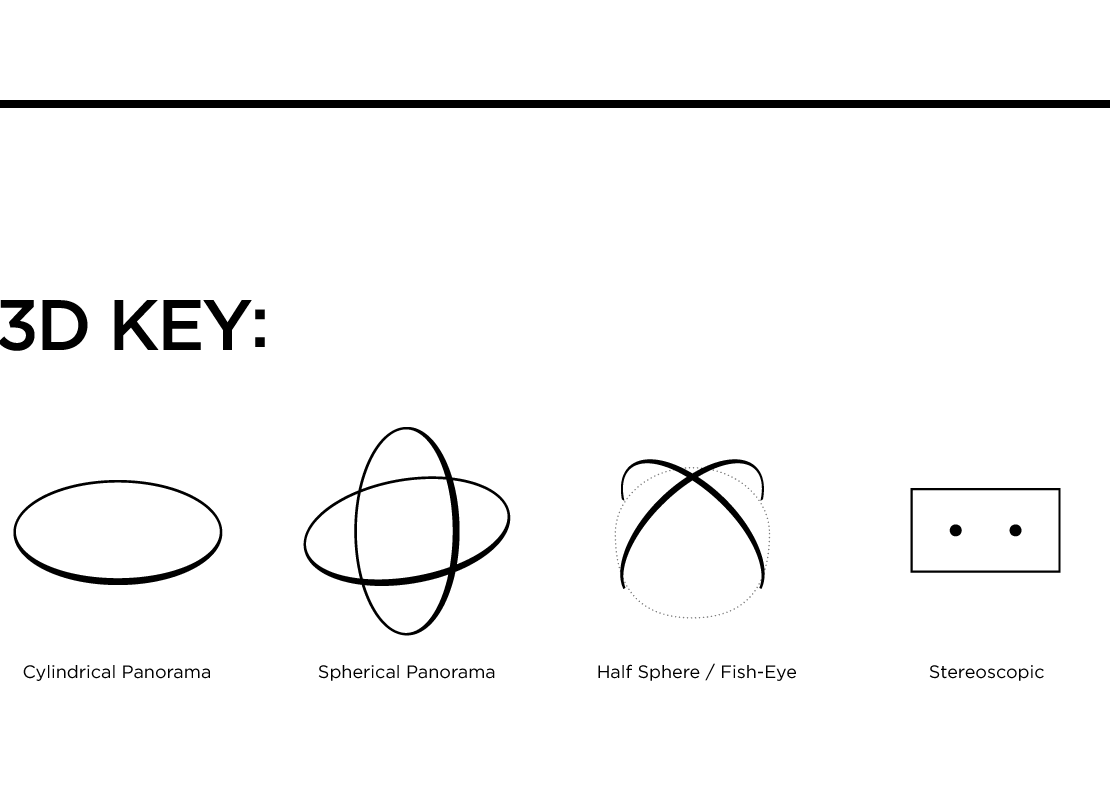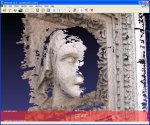BREAKING NEWS
LATEST POSTS
-
Yobi3D Inc – Free 3D Model Search Engine
http://www.theverge.com/2014/8/8/5982355/yobi3d-is-a-search-engine-for-3d-models
http://3dprintingindustry.com/2016/01/13/64787/
http://www.fabbaloo.com/blog/2015/12/20/yobi3d-makes-searching-for-3d-models-a-lot-more-fun
http://www.3ders.org//articles/20140809-yobi3d-is-google-for-all-3d-printable-models.html
-
MeshLab – processing and editing of unstructured 3D triangular meshes – photogrammetry
http://meshlab.sourceforge.net/
https://en.wikipedia.org/wiki/MeshLab
The system is aimed to help the processing of the typical not-so-small unstructured models arising in 3D scanning, providing a set of tools for editing, cleaning, healing, inspecting, rendering and converting this kind of meshes.
-
Sony Joins Blue Sky in Settlement of Hollywood Studio Antitrust Lawsuit
http://www.awn.com/news/sony-joins-blue-sky-settlement-hollywood-studio-antitrust-lawsuit
Sony has become the second Hollywood studio to reach a settlement in a class-action lawsuit alleging that it and other studios violated antitrust laws by conspiring to suppress the wages of animation and VFX artists via non-poaching agreements…
…in 2011, a class-action lawsuit was brought against Pixar, Lucasfilm, Apple, Google, Adobe and Intuit. The first two companies settled claims for $9 million while the other companies have gone to an appeals court after Koh rejected a $325 million settlement as insufficient.
FEATURED POSTS
-
Rendering – BRDF – Bidirectional reflectance distribution function
http://en.wikipedia.org/wiki/Bidirectional_reflectance_distribution_function
The bidirectional reflectance distribution function is a four-dimensional function that defines how light is reflected at an opaque surface
http://www.cs.ucla.edu/~zhu/tutorial/An_Introduction_to_BRDF-Based_Lighting.pdf
In general, when light interacts with matter, a complicated light-matter dynamic occurs. This interaction depends on the physical characteristics of the light as well as the physical composition and characteristics of the matter.
That is, some of the incident light is reflected, some of the light is transmitted, and another portion of the light is absorbed by the medium itself.
A BRDF describes how much light is reflected when light makes contact with a certain material. Similarly, a BTDF (Bi-directional Transmission Distribution Function) describes how much light is transmitted when light makes contact with a certain material
http://www.cs.princeton.edu/~smr/cs348c-97/surveypaper.html
It is difficult to establish exactly how far one should go in elaborating the surface model. A truly complete representation of the reflective behavior of a surface might take into account such phenomena as polarization, scattering, fluorescence, and phosphorescence, all of which might vary with position on the surface. Therefore, the variables in this complete function would be:
incoming and outgoing angle incoming and outgoing wavelength incoming and outgoing polarization (both linear and circular) incoming and outgoing position (which might differ due to subsurface scattering) time delay between the incoming and outgoing light ray






